The role of the TRY statement is to capture the exception. (Because this process usually comprises several statements, the term “TRY block” typically is used instead of “TRY statement.”) If an exception occurs within the TRY block, the part of the system called the exception handler delivers the exception to the other part of the program, which will handle the exception. This program part is denoted by the keyword CATCH and is therefore called the CATCH block.
NOTE
Exception handling using the TRY and CATCH statements is the common way that modern programming languages like C# and Java treat errors.
Exception handling with the TRY and CATCH blocks gives a programmer a lot of benefits, such as:
Exceptions provide a clean way to check for errors without cluttering code
Exceptions provide a mechanism to signal errors directly rather than using some side effects
Exceptions can be seen by the programmer and checked during the compilation process
SQL Server 2012 introduces the third statement in relation to handling errors: THROW. This statement allows you to throw an exception caught in the exception handling block. Simply stated, the THROW statement is another return mechanism, which behaves similarly to the already described RAISEERROR statement.
Example 1 shows how exception handling with the TRY/CATCH/THROW works. It shows how you can use exception handling to insert all statements in a batch or to roll back the entire statement group if an error occurs. The example is based on the referential integrity between the department and employee tables. For this reason, you have to create both tables using the PRIMARY KEY and FOREIGN KEY constraints.
EXAMPLE 1
0270_001
After the execution of the batch in Example 1, all three statements in the batch won’t be executed at all, and the output of this example is:
0271_001
The execution of Example 1 works as follows. The first INSERT statement is executed successfully. Then, the second statement causes the referential integrity error. Because all three statements are written inside the TRY block, the exception is “thrown” and the exception handler starts the CATCH block. CATCH rolls back all statements and prints the corresponding message. After that the THROW statement returns the execution of the batch to the caller. For this reason, the content of the employee table won’t change.
NOTE
The statements BEGIN TRANSACTION, COMMIT TRANSACTION, and ROLLBACK are Transact-SQL statements concerning transactions. These statements start, commit, and roll back transactions, respectively. See Chapter 13 for the discussion of these statements and transactions generally.


